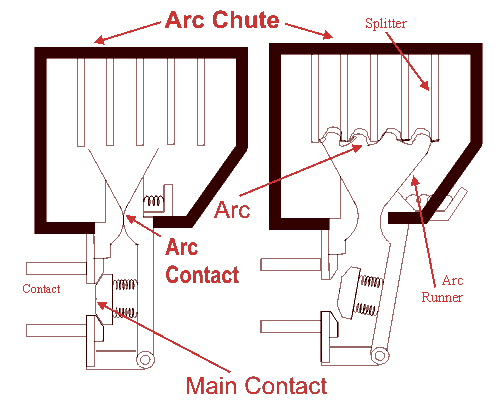Transformer Percentage impedance; Importance of Transformer impedance; Calculating Transformer Impedance

Percentage Impedance of a Transformer:- Percentage impedance of a Transformer is donated by Z%. The impedance of a transformer is marked on most nameplates. Definition:- The percentage impedance of a transformer is the volt drop on full load due to the winding resistance and leakage reactance expressed as a percentage of the rated voltage. It is also the percentage of the normal terminal voltage required to circulate full-load current under short circuit conditions Measuring Impedance Transformer impedance can be measured by means of a short circuit test. With one winding shorted, a voltage at the rated frequency is applied to the other winding sufficient to circulate full load current - see below: The percentage impedance can then be calculated as follows: Z% = Impedance Voltage x 100 Rated Voltage Changing the Impedance Value The most economical arrangement of core and windings leads to a 'natural' value of impedance determined by the leakage flux. ...


